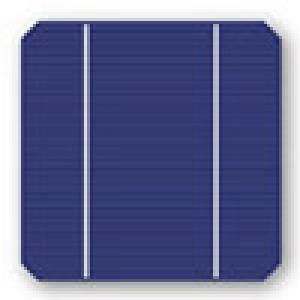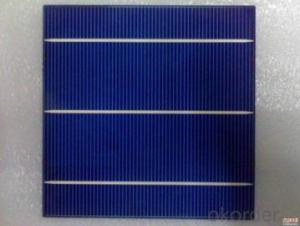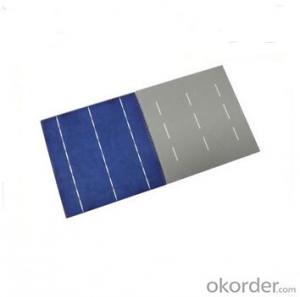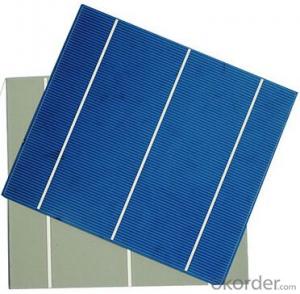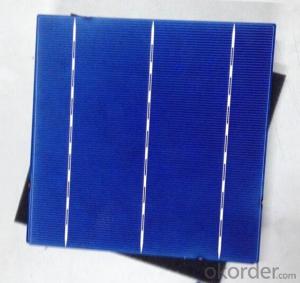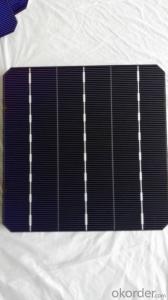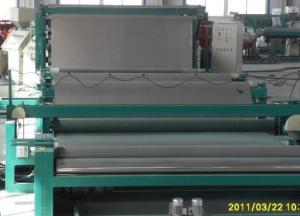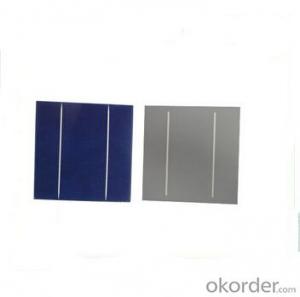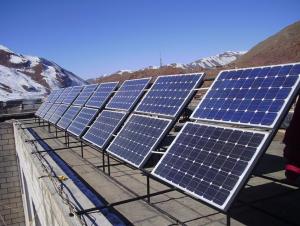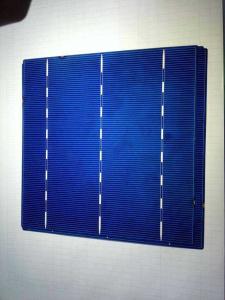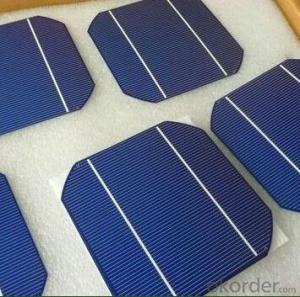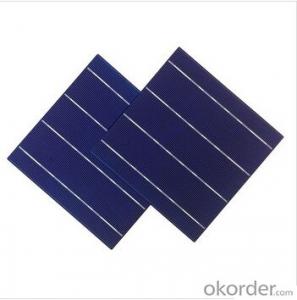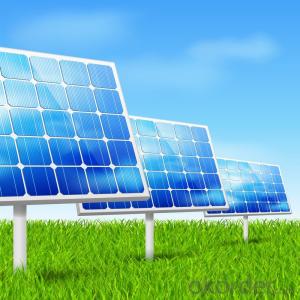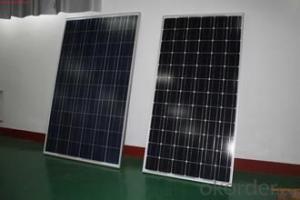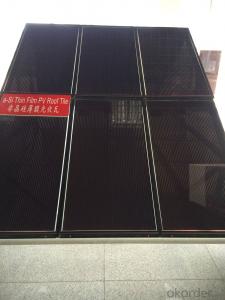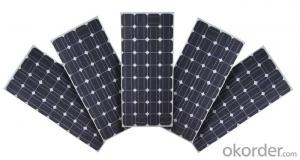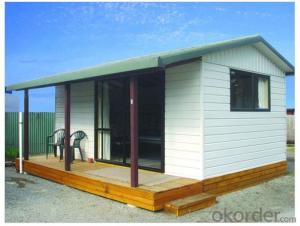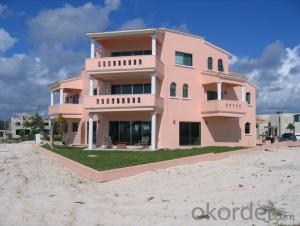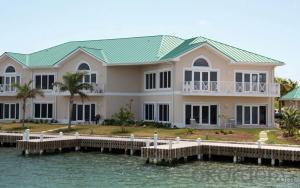Biomimicry Solar Cells
Biomimicry Solar Cells Related Searches
Biogenic Solar Cells Bio Solar Cells Photovoltaic Solar Cells Bifacial Solar Cells Bacteria Solar Cells Fiber Based Solar Cells Amorphous Solar Cells Nano Solar Cells Satellite Solar Cells Aerospace Solar Cells Algae Solar Cells Bulk Solar Cells Polymer Solar Cells High Temperature Solar Cells Organic Solar Cells Better Solar Cells Compact Solar Cells Multilayer Solar Cells Plant Based Solar Cells Large Solar Cells Applied Materials Solar Cells Creating Solar Cells Residential Solar Cells Polymer Based Solar Cells Lightweight Solar Cells Electric Solar Cells Building Solar Cells Encapsulation Solar Cells Chinese Solar Cells Solar Cell ModuleBiomimicry Solar Cells Supplier & Manufacturer from China
Biomimicry Solar Cells are innovative products that utilize principles found in nature to enhance the efficiency and design of solar energy systems. These solar cells are inspired by the way plants and other organisms capture and utilize sunlight, resulting in a more sustainable and eco-friendly approach to harnessing solar power. By mimicking natural processes, these solar cells can potentially offer improved performance and adaptability in various environments.The application and usage scenarios for Biomimicry Solar Cells are vast, ranging from residential rooftop installations to large-scale commercial and industrial projects. These solar cells can be integrated into building designs, providing both energy generation and architectural appeal. They can also be used in off-grid applications, such as powering remote communities or providing energy for outdoor activities and events. The versatility of Biomimicry Solar Cells makes them a valuable addition to the renewable energy market, offering a sustainable solution for a wide range of energy needs.
Okorder.com is a leading wholesale supplier of Biomimicry Solar Cells, offering a large inventory of these cutting-edge products. As a reliable source for solar energy solutions, Okorder.com ensures that customers have access to high-quality, innovative products that meet their specific requirements. With a commitment to providing exceptional customer service and support, Okorder.com is the ideal partner for those looking to incorporate Biomimicry Solar Cells into their energy systems.
Hot Products



